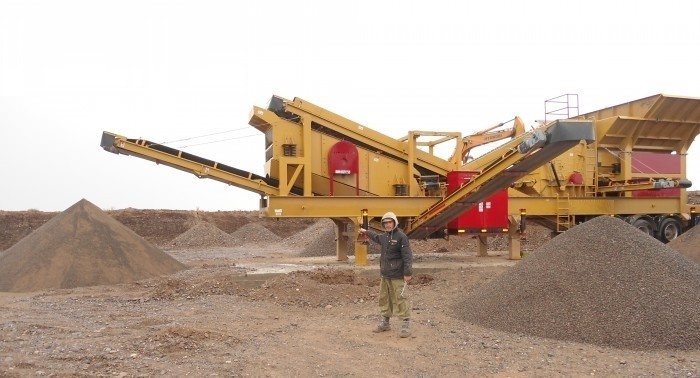A Mobile Crushing and Screening Plant is a system used in the mining, quarrying, and construction industries to break large stones or ores into smaller pieces and to classify them according to size. Unlike fixed facilities, mobile plants offer a highly flexible and cost-effective solution with rapid deployment, making them increasingly popular in recent years.
Basic Structure and Working Principle
Mobile plants typically consist of the following components:
-
Feeder hopper: Ensures controlled feeding of the material.
-
Primary crusher (jaw or impact crusher): Breaks down large rocks into smaller chunks.
-
Secondary crusher: Further reduces the material size.
-
Screening unit (vibrating screens): Separates crushed materials by size.
-
Conveyor belts: Transport material between different units.
-
Chassis (mobile platform): A wheeled or tracked frame that carries all equipment.
Thanks to their mobility, these plants can be easily transported to different job sites and quickly set up. They are typically powered by diesel engines, though electric options are also available.
Advantages
-
Mobility: Easily relocatable when project location changes.
-
Quick setup: Much faster deployment compared to stationary plants.
-
Cost-effective: Lower infrastructure and installation costs.
-
Customizable: Can be tailored with various crushers and screens.
-
Eco-friendly: Can be equipped with dust suppression and noise reduction systems.
Application Areas
-
Ore processing in mining sites
-
Aggregate production in quarries
-
Production of fill material for roads, dams, and infrastructure
-
Crushing of construction waste in recycling plants
 English
English
 Le français
Le français
 Türkçe
Türkçe

